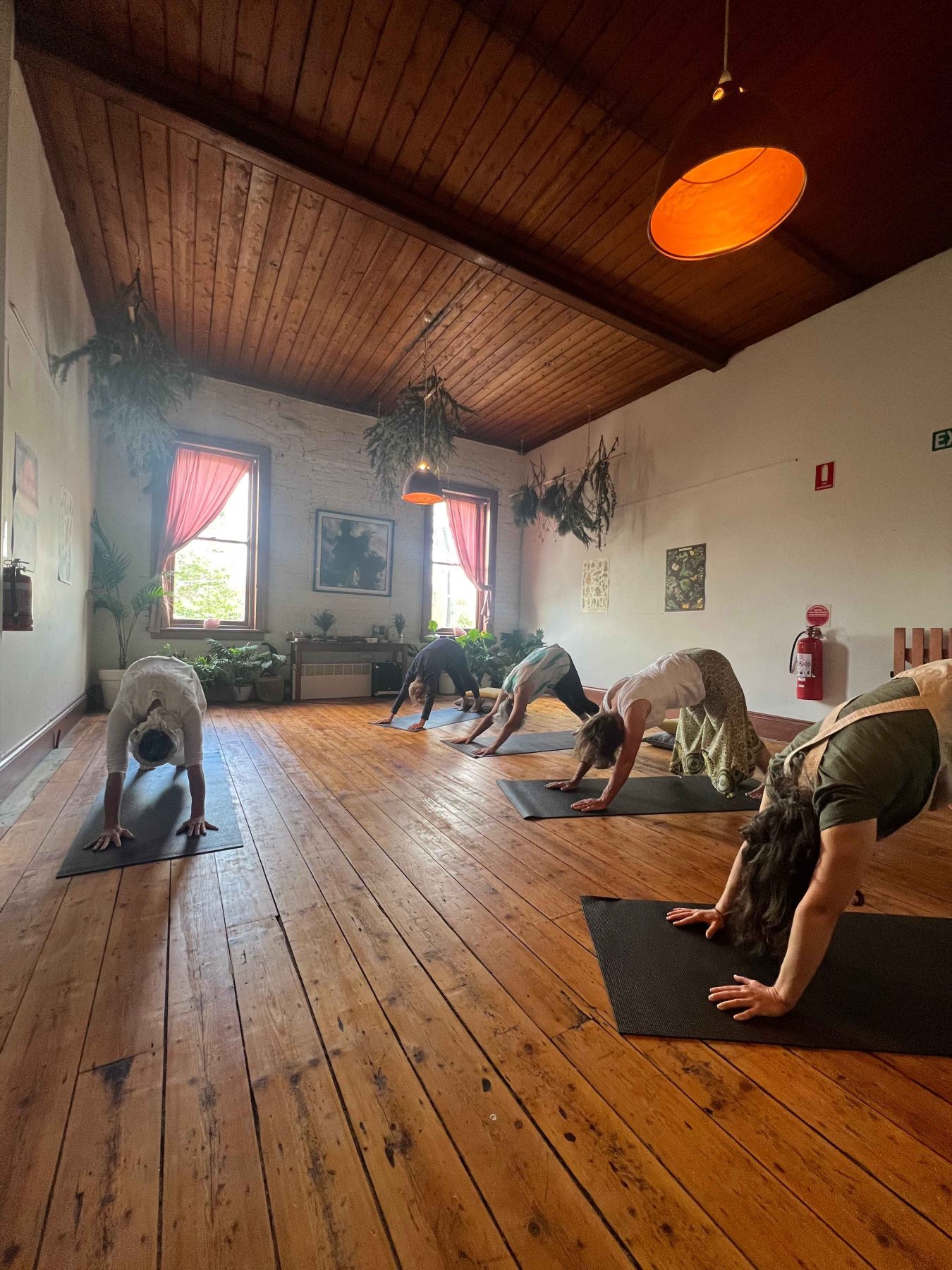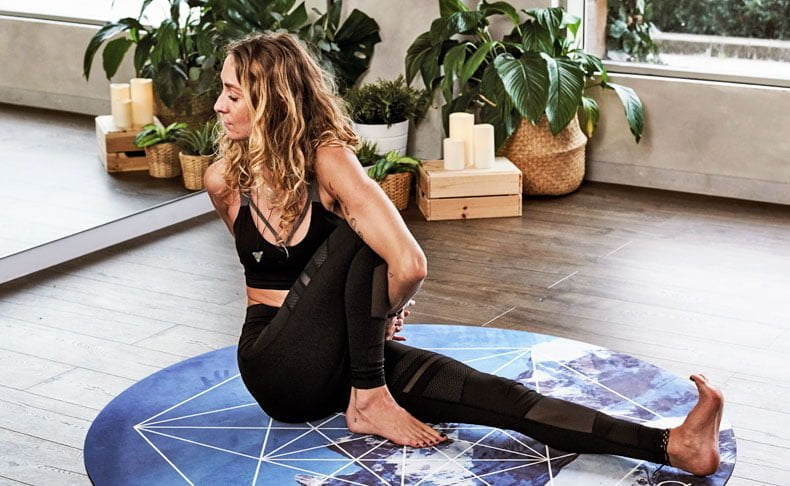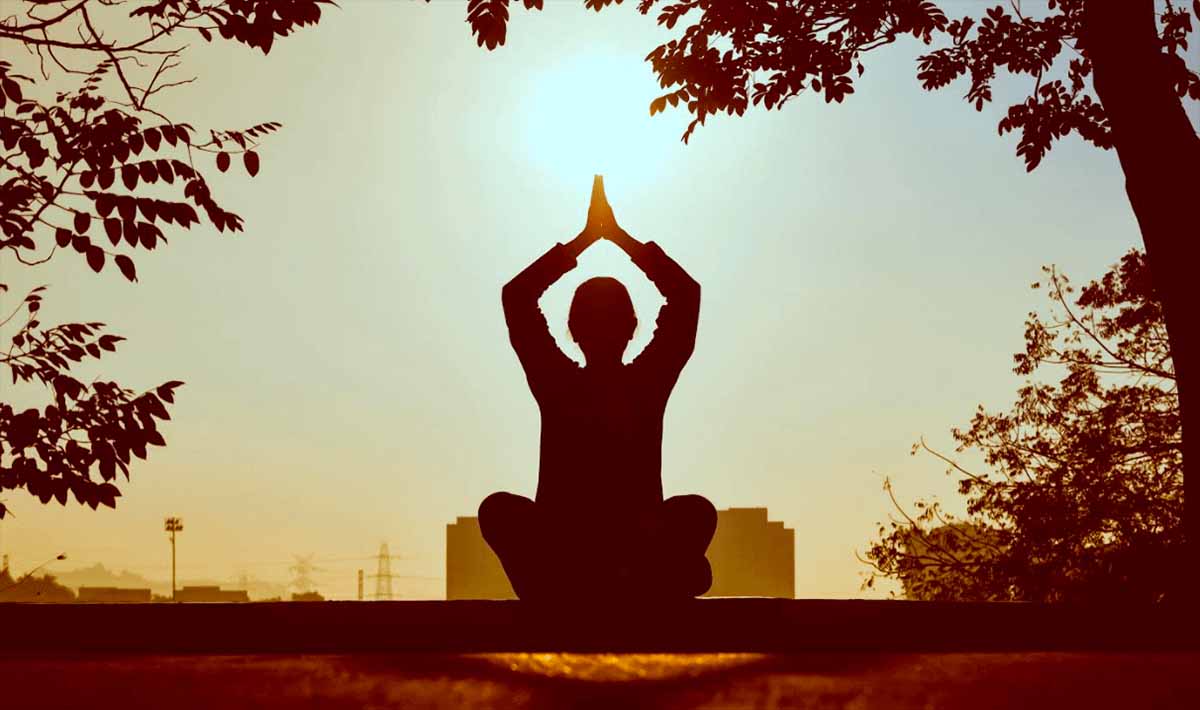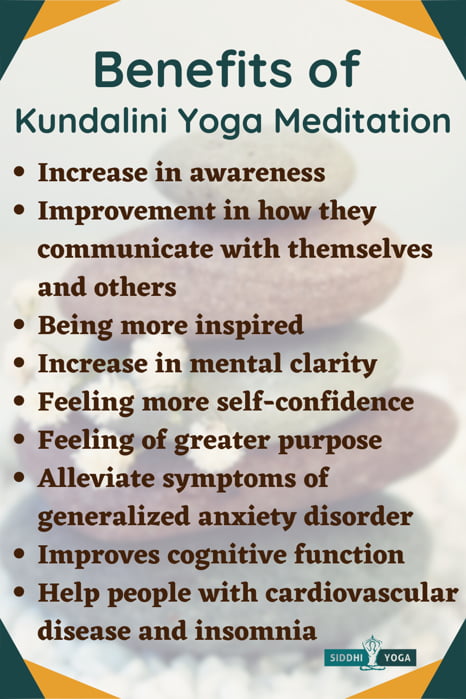kundalini Yoga – 10 Benefits of Kundalini Yoga

Kundalini yoga is a form of yoga that focuses on spiritual awakening, self-awareness, and physical health. It incorporates a combination of physical postures, breathing exercises, chanting, and meditation to create a comprehensive practice that addresses the needs of the body, mind, and soul. Kundalini yoga is an ancient practice that has been passed down for generations, and its benefits have been experienced by people of all ages and backgrounds.
What is kundalini meditation?
Kundalini meditation is a type of meditation that is designed to awaken the Kundalini energy that lies dormant at the base of the spine. The Kundalini energy is believed to be a powerful source of spiritual energy that can bring about profound transformation and enlightenment.
During a Kundalini meditation practice, individuals typically sit in a comfortable position and focus on their breath or a specific mantra. The intention is to quiet the mind and bring awareness to the body, allowing the Kundalini energy to rise up through the chakras.
There are many different types of Kundalini meditations, each with its own specific focus and intention. Some examples include:
Breath-focused meditation: This type of meditation involves focusing on the breath and using specific breathing techniques to help awaken the Kundalini energy.
Mantra meditation: Mantra meditation involves repeating a specific mantra, such as “Sat Nam” or “Om,” to help calm the mind and activate the Kundalini energy.
Chakra meditation: Chakra meditation involves focusing on each of the seven chakras and visualizing the Kundalini energy rising up through each one.
Visualization meditation: Visualization meditation involves using the power of the mind to visualize the Kundalini energy rising up through the body.
The benefits of Kundalini meditation are similar to those of other meditation practices, including reduced stress, increased focus, and a greater sense of inner peace. However, Kundalini meditation is believed to be a particularly powerful tool for spiritual growth and transformation.
It’s important to note that Kundalini meditation should be practiced under the guidance of a qualified teacher, as it can be a very powerful and transformative practice that requires proper technique and guidance.
Benefits of Kundalini Yoga:
Promotes Physical Health: Kundalini yoga strengthens the body, increases flexibility, and improves overall physical health. It can also help alleviate chronic pain and reduce the risk of injuries.
Reduces Stress and Anxiety: Kundalini yoga helps to reduce stress and anxiety by calming the mind and relaxing the body. Its emphasis on breathing exercises and meditation can help to lower cortisol levels, the hormone responsible for stress.
Enhances Mental Clarity: Kundalini yoga is a powerful tool for enhancing mental clarity and focus. Regular practice can improve cognitive function, memory, and decision-making abilities.
Boosts Energy Levels: Kundalini yoga helps to increase energy levels by activating the body’s natural energy centers. This can help to combat fatigue and improve overall vitality.
Improves Emotional Wellbeing: Kundalini yoga can help to improve emotional well-being by releasing negative emotions and promoting feelings of peace and joy.
Strengthens Immune System: Kundalini yoga has been shown to boost the immune system by increasing the production of white blood cells and reducing inflammation in the body.
Enhances Spiritual Growth: Kundalini yoga is a spiritual practice that can help individuals to connect with their inner selves and develop a deeper understanding of the universe. Regular practice can help to awaken the Kundalini energy and bring about spiritual growth.
Experience Holistic Well-being: The holistic nature of Kundalini Yoga addresses not only the physical body but also the mind and spirit. Through a combination of dynamic postures, breathwork, meditation, and mantra chanting, you’ll cultivate a sense of balance and well-being.
Awaken Your Inner Potential: This practice can lead to heightened states of consciousness and personal growth.
Enhance Vitality: Kundalini Yoga’s unique techniques can boost your energy levels, improve circulation, and strengthen your nervous and immune systems. This can result in increased vitality and resilience.
[……]




